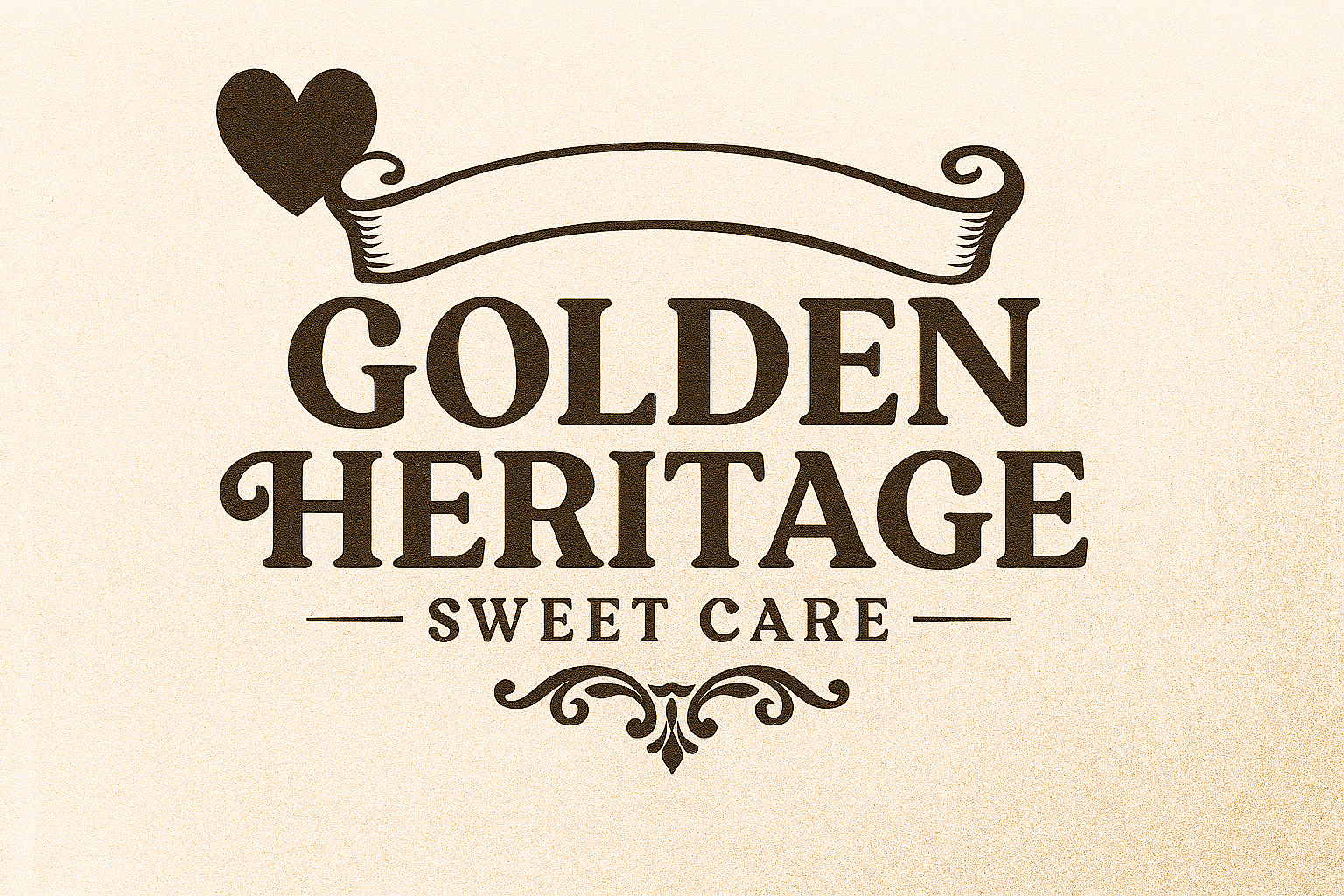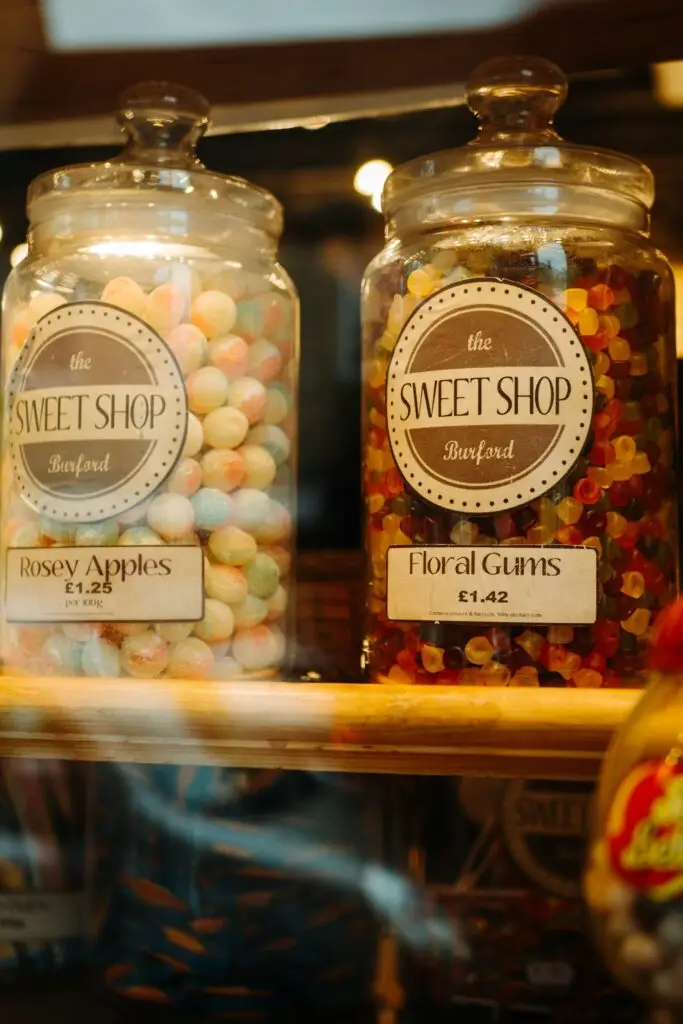
Remember Your First Sherbet Lemon? Journey Through the History of British Sweets!
Do you remember the satisfying fizz of a Sherbet Lemon, the chewy delight of a Wine Gum, or the simple joy of choosing a handful of your favourite treats from a penny mix? For generations, Old English sweets have been more than just sugary snacks; they’re woven into the fabric of British culture, evoking powerful memories of childhood, grandmothers’ handbags, and bustling corner shops.
But where did these iconic traditional confectionery items come from? The history of British sweets is a fascinating journey, stretching back centuries from medicinal remedies to the mass-produced delights of today. Join us as we unwrap the sweet, often surprising, story behind your favourite retro confectionery!
The Humble Beginnings : Sugar as Medicine – Medieval to Georgian Eras
Before they were everyday treats, sweets were a luxury, often reserved for royalty and the wealthy. In medieval times, sugar was more akin to medicine and a prized spice from the East. Apothecaries would mix sugar with herbs and spices to create “comfits” or “electuaries”—sweetened medicines thought to cure ailments. Think of early cough drops, but far more elaborate!
One of the earliest and most enduring sweet traditions in England is liquorice. Its roots have been chewed for centuries for their perceived medicinal benefits. The town of Pontefract in Yorkshire became famous for its liquorice production as early as the 1600s, giving birth to the iconic Pontefract Cakes – small, round, intensely liquorice-flavoured discs, a true testament to old English sweets innovation.
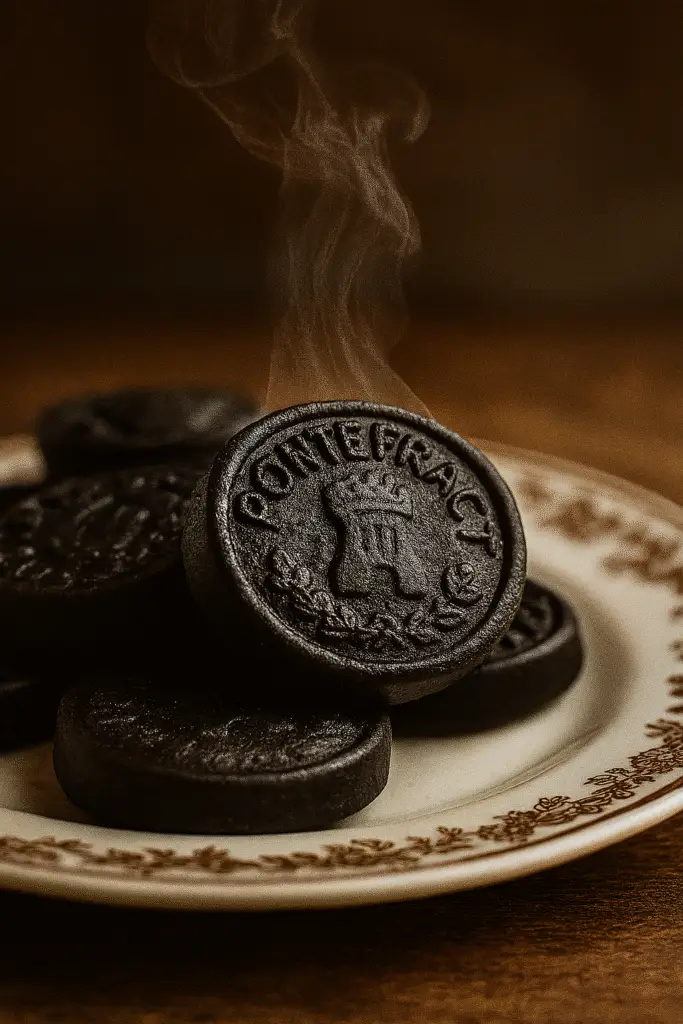
The Victorian Sweet Revolution : From Luxury to Everyday Delight
The 19th century brought about a radical shift. The Industrial Revolution made sugar cheaper and more accessible, paving the way for the golden age of British sweets. This era saw the rise of iconic confectioners whose names are still synonymous with chocolate and sweets today.
- The Quaker Influence: Many pioneering British chocolate makers, such as Fry’s, Cadbury, and Rowntree’s, were founded by Quaker families. Their strong ethical principles led to innovations in employee welfare alongside sweet production, shaping not just the confectionery industry but social history too.
- Boiled Sweets: Mass production techniques allowed for the creation of classic boiled sweets like Pear Drops, Barley Sugars, and Humbugs. These hard candies, often flavoured with fruit extracts or mint, offered a longer-lasting sweet experience that quickly became popular.
- The Rise of Chocolate: While Fry’s created the first solid chocolate bar in 1847, Cadbury soon followed, making chocolate a staple of the British diet.
Iconic Traditional Sweets: A Trip Down Memory Lane
What defines an Old English sweet? Often it’s a unique texture, a distinctive flavour, and a healthy dose of nostalgia.
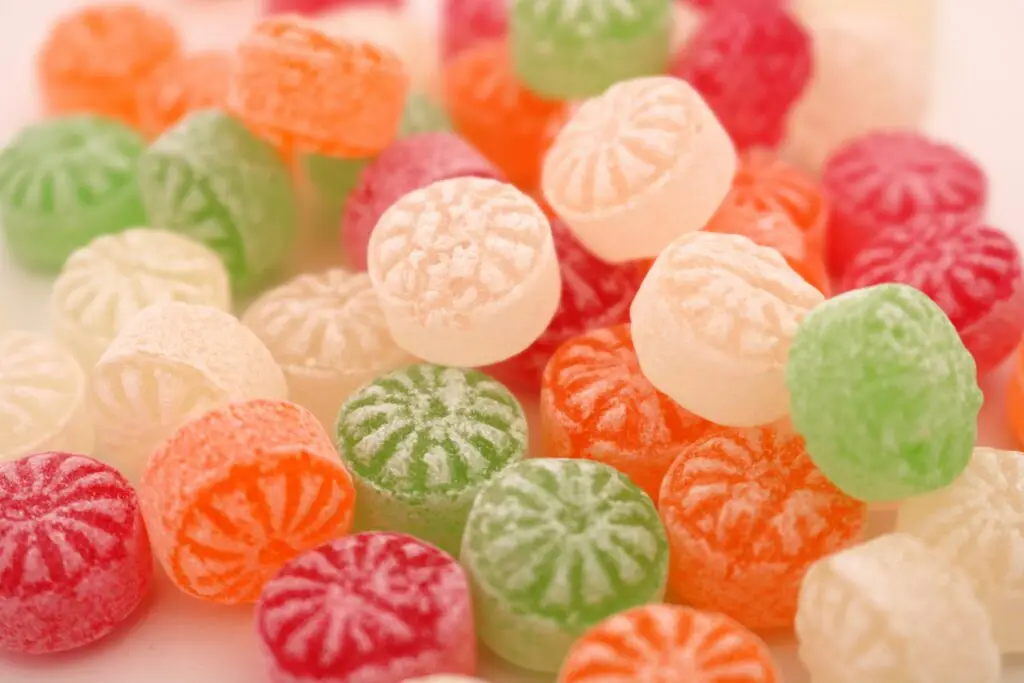
- Sherbet Lemons: The ultimate fizzy sweet! These hard lemon candies with a surprising sherbet centre offer a delightful burst of tang and fizz. Their history dates back to the Victorian era, when sherbet powder was a popular effervescent drink.
- Wine Gums: Chewy, fruity, and famously wine-free! Invented by Charles Riley Maynard in 1909, their complex flavours and satisfying chewiness quickly made them a firm favourite across generations.
- Jelly Babies: Soft, fruit-flavoured jelly figures, often dusted with icing sugar. Originally called “Unclaimed Babies” when born in 1864, they were rebranded to the more familiar “Jelly Babies” in 1918. Their adorable shape and varied fruit flavours make them irresistible.
- Pear Drops: The quintessential dual-coloured, pear-flavoured boiled sweet. Their distinctive aroma and taste transport many straight back to childhood.
- Humbugs: Striped, usually peppermint-flavoured (though other flavours exist), these hard, often oblong sweets have been a staple of traditional British sweets for centuries, known for their strong, refreshing kick.
The Glorious Penny Mix Era : The Heart of Every Sweet Shop
For many, the true golden age of retro sweets was the mid-20th century, dominated by the penny mix. After rationing ended post-WWII, sweet shops became treasure troves. Children would flock to the local “tuck shop” with a few pennies, pointing at jars brimming with colourful options.
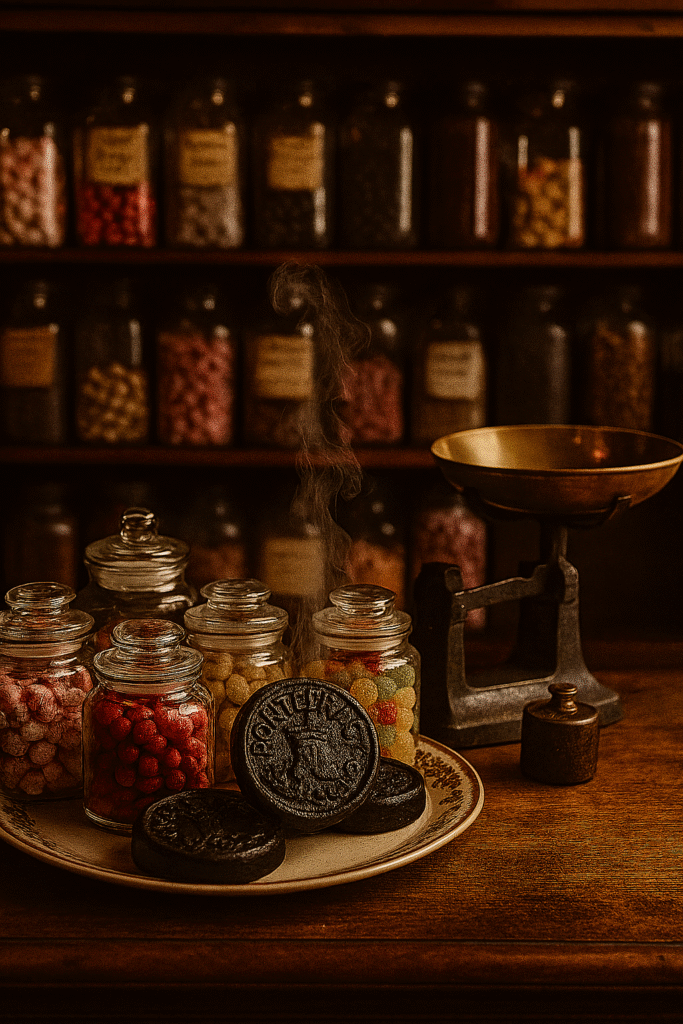
For a few coppers, you could get a paper bag filled with a custom assortment: Fruit Salads, Black Jacks, Cola Bottles, Fried Eggs, Foam Bananas, and countless others. This era cemented the communal, joyful experience of choosing and sharing sweets, creating memories that last a lifetime.
Conclusion : The Enduring Appeal of Traditional British Sweets
From sophisticated medieval comfits to the humble penny mix, the history of old English sweets is rich with invention, changing tastes, and enduring nostalgia. These aren’t just sugary treats; they are edible pieces of history, connecting us to past generations and simpler times.
Looking to relive those sweet memories? Or perhaps introduce a new generation to the timeless delights of traditional British sweets?
[Affiliate Link Opportunity 1: Button/Banner/Text Link] 👉 Explore Our Favourite Traditional Sweets – Shop Now! (Link to a reputable retro sweet shop affiliate, e.g., A Quarter Of, or your own curated “best of” page.)
And if you’re exploring the past while keeping an eye on your sugar intake, don’t forget to check out our selection of delicious sugar-free old English sweets – the perfect blend of tradition and modern health consciousness!
